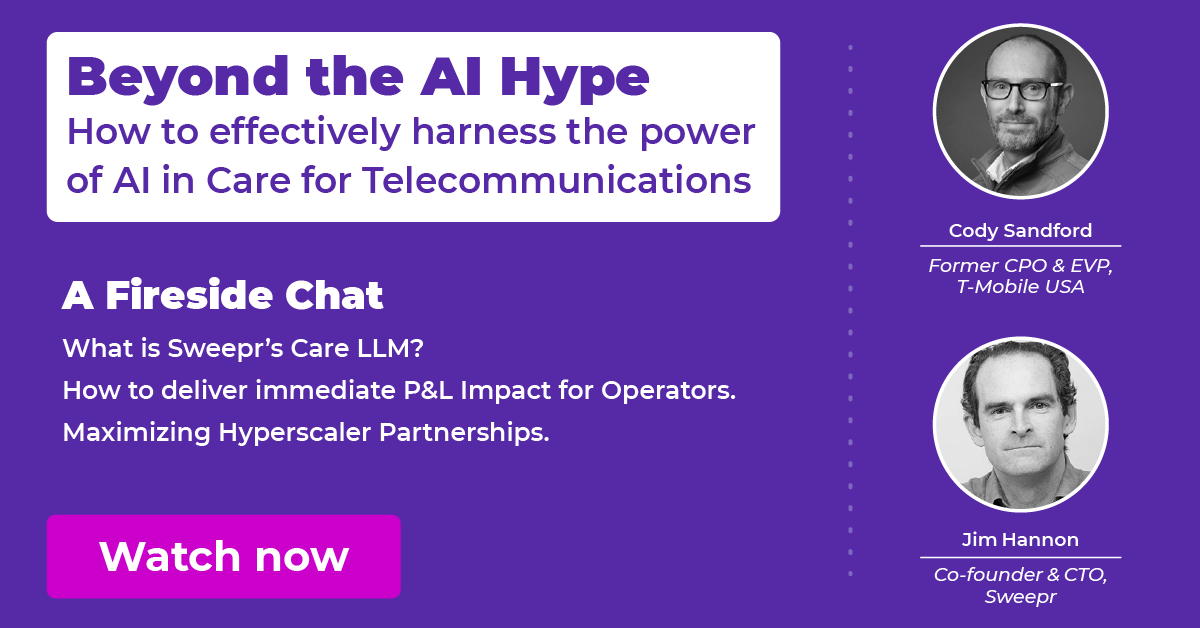The end goal for every person selling a product or service is that what the customer receives is optimal for them. Our pre-Industrial Age ancestors were in a position to do that, albeit through necessity and for wealthy customers. Before mass production, products tended to be bespoke, made for each customer. This was early personalisation in action.
Before mass production, products tended to be bespoke, made for each customer. This was early personalisation in action.
Moving into the Industrial Revolution and mass-production, products were limited in range options but plentiful in supply and efficient to make. This made goods accessible for people at most points of the economic spectrum, but was not personalised to the customer’s personal preferences.
We can see similar parallels in customer servicing. In the past, customers were serviced by the local bank manager, insurance broker, or even the realtor/estate agent who built a personal relationship with their customers. As time has moved on, we have the somewhat personal service of call agents being at the other end of the phone, spending time with customers to understand their issues and resolve them in a timely and efficient manner. To make those agents more efficient, we have supplied them with canned scripts to triage and resolve issues in the shortest time. The result, although time effective, is that customers will call to resolve their problems, but it’s often done so begrudgingly.
The first generation of digital customer servicing nodded to personalisation, but what did this mean in practise?
Digital Customer Servicing Strategy
Consumer expectations have changed. In a world where customers of all kinds order taxi services, food and even “visit’ a doctor through an app, service providers see the chance to change their model too. The opportunity to use consumer acceptance of digital channels promises to create call centre deflection, increased customer satisfaction and reduction in services costs. Enter the Digital Customer Servicing strategy…
The first generation of digital customer servicing nodded to personalisation, but what did this mean in practise? Minimal consumer data was stored in a CRM to attribute customers to a specific profile. In essence, this could be described as Static Personalisation, little more than a mail merge-style exercise. The results were mixed depending on the industry and the customers’ digital patience. Sadly, the promise of happy customers and cost efficiency wasn’t fully realised.
The one constant is change. Customers’ context and environment, psychology and behaviours, relationship and therefore history with you not only continuously evolve and fluctuate but critically impact the way they need to be serviced. This means that the only way to realise a meaningful and therefore mutually beneficial digital care strategy is to use Dynamic Hyperpersonalisation. The good news is that this is easier than ever before. With breakthroughs in real-time data collection, handling, and aggregation, we’ve reached a point where it’s possible to gather and store vast amounts of data in data lakes. All data coming into and going out of the household flows through service providers’ equipment and networks. Every streamed film, online shop, connected device and video call is happening through the provider’s access point. This allows them to deploy a range of technologies for data shaping, Deep Packet Inspection (DPI), family access controls, anti-virus software.
Observations can be made during all digitally automated conversations to gather customer insights.
Productised Hyperpersonalisation
So what is missing? It could be argued that what customers are really looking for is a digitally and instantly available, far more efficient local bank manager, insurance broker or realtor/estate agent from the care model of yesteryears. Observations can be made during all digitally automated conversations to gather customer insights and combined with the wealth of data already available to us. Using the right tools, your customers’ context and environment, psychology and behaviours, relationship, and history with you can be productised via dynamically applied decisioning logic and delivered to achieve hyperpersonalised digital engagements.
This instantly makes the best use of the data available to providers, plays nicely with the other components of the enterprise architecture. Your customer sees the advantages of your digital strategy that can closely emulate the feeling of a human conversation in an automated transaction. The result? Improving the moment of ‘solve’, increasing engagement in digital channels, identifying and reducing churn, and improving digital cross sales.
Book a tour to discover how Sweepr’s 7 Principles of Personalisation help CSPs hyperpersonalise digital customer care experiences.

